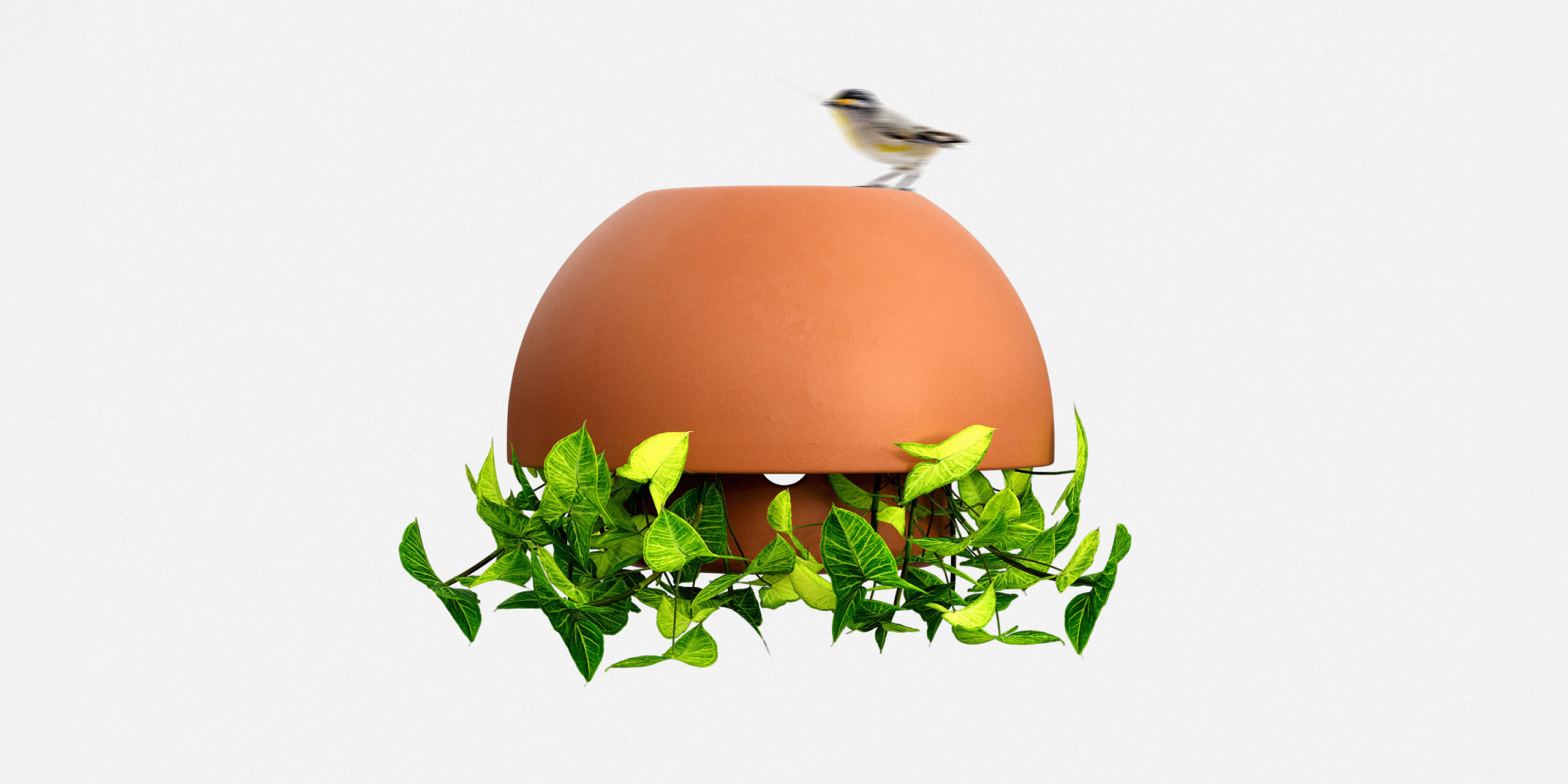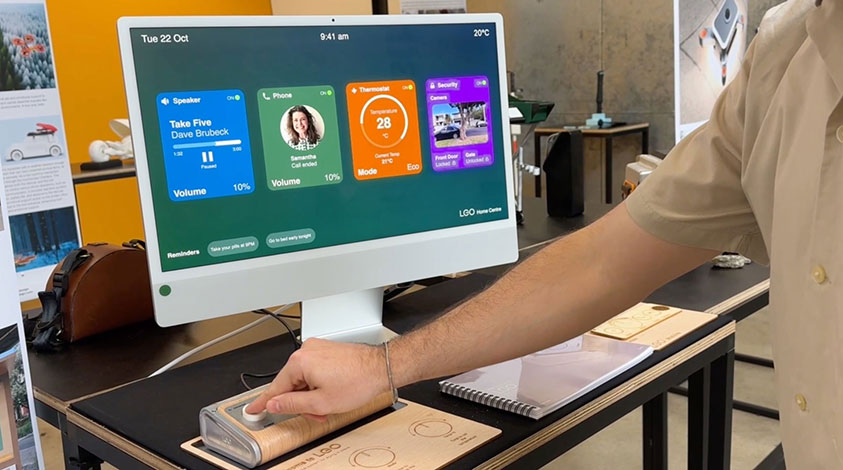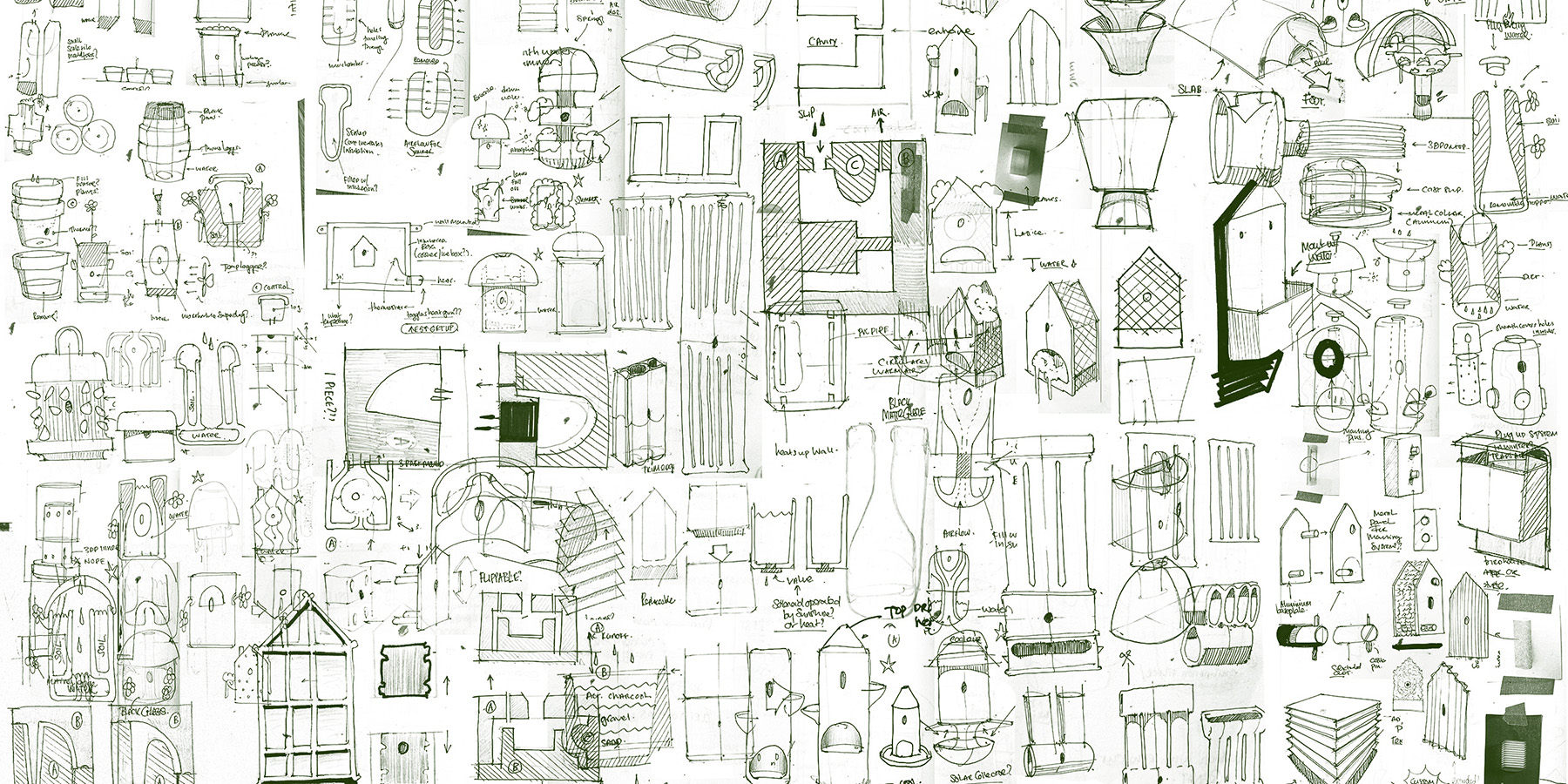Holo began as a broader investigation into artificial habitats for urban wildlife. Through extensive interviews with ecologists and ornithologists, I was directed to CSIRO research highlighting the deadly impact of heatwaves on native bird populations. This insight led me to narrow the focus: could a nest box protect birds from temperature extremes? I began testing materials and concepts for passive thermal regulation. Drawing from biomimicry - particularly termite mounds - and ancient cooling systems like badgirs and trombe walls, I prioritised evaporative cooling and thermal mass. Terracotta emerged as the ideal material due to its porosity, durability, and thermal properties.
The breakthrough came when I noticed water dripping from an air conditioning unit onto the pavement. That runoff could be repurposed to drive the evaporative system. Better still, in winter when ACs aren’t in use, the empty reservoir would act as an insulating air pocket, creating a passive seasonal switch. From there, I developed scale prototypes and tested them under simulated heatwave conditions. Initial testing at 40 deg C indicates cooling of up to 12 degrees is possible - increasing survivability for hollow nesting species. I integrated a planter to promote invertebrate life and boost thermal mass, and added a catchment that local fauna could drink from. Finally, I built a full-scale version using custom slip-cast moulds - over 40kg of plaster and months of iteration.









